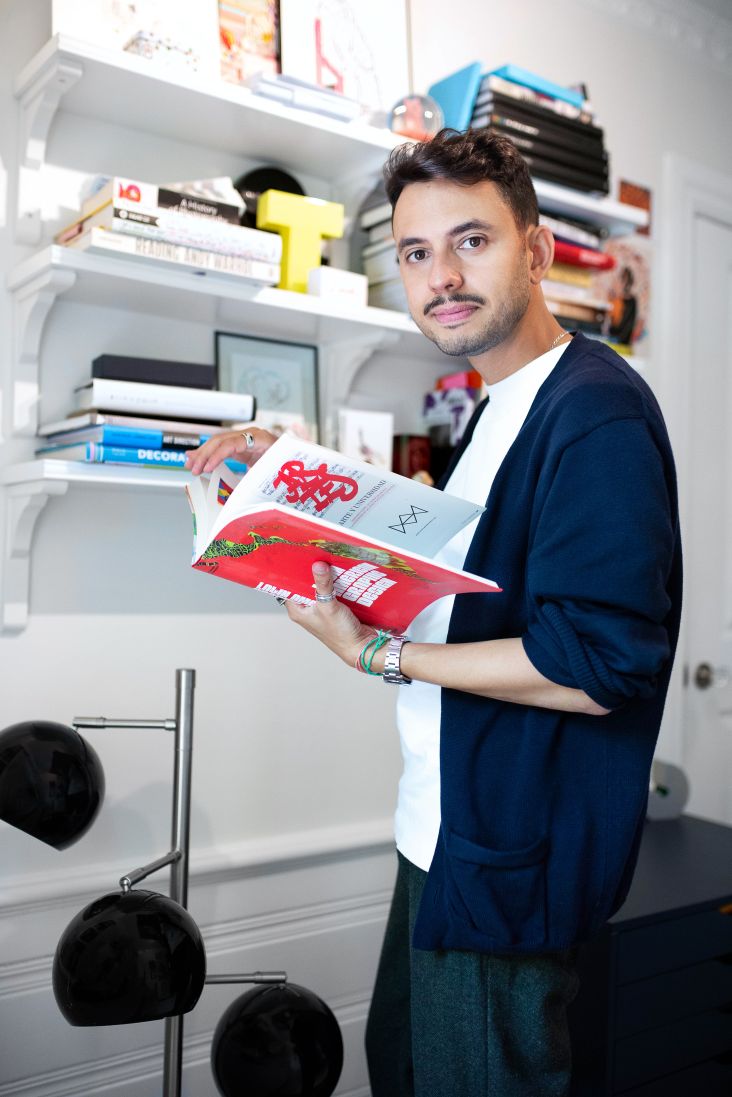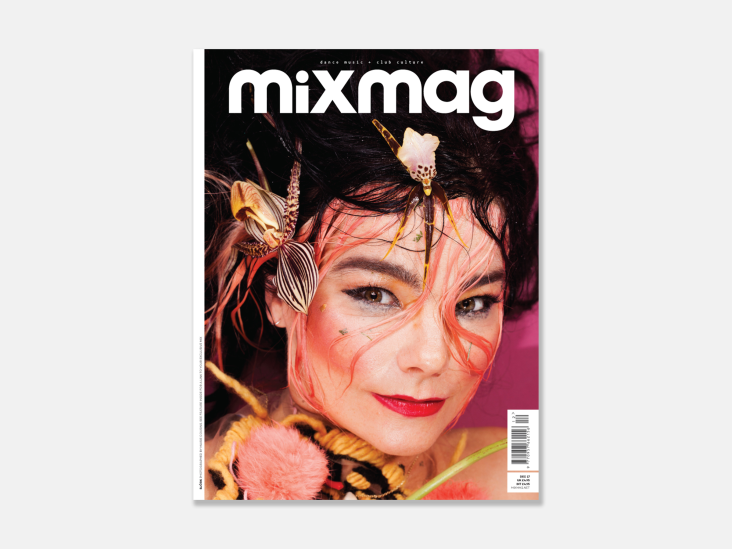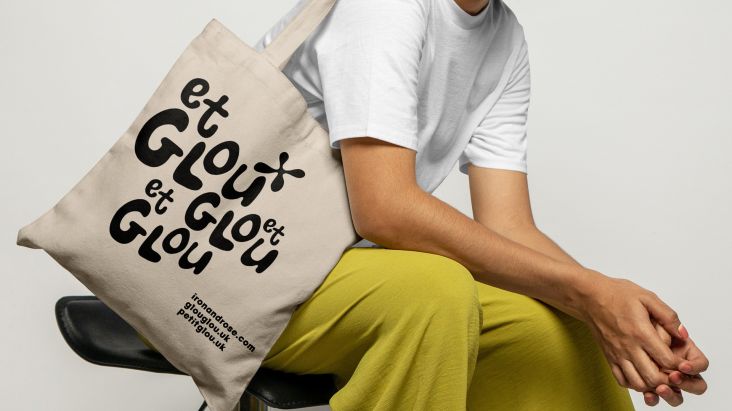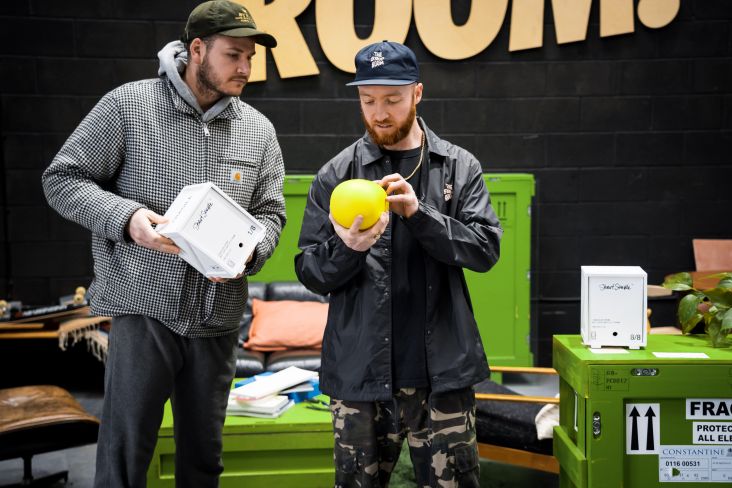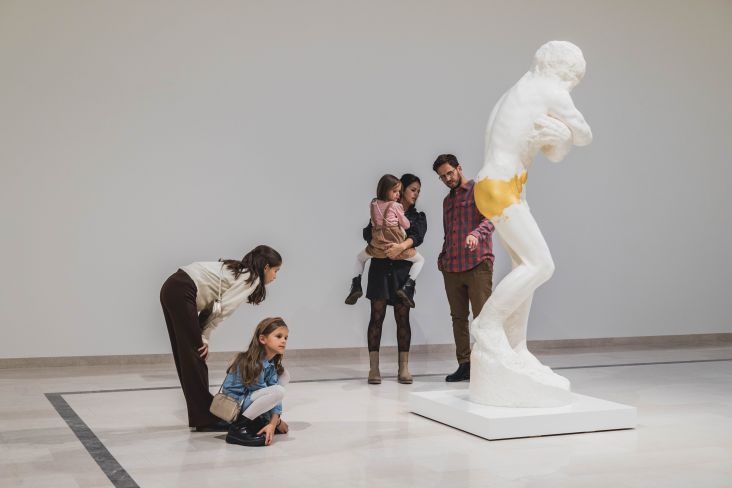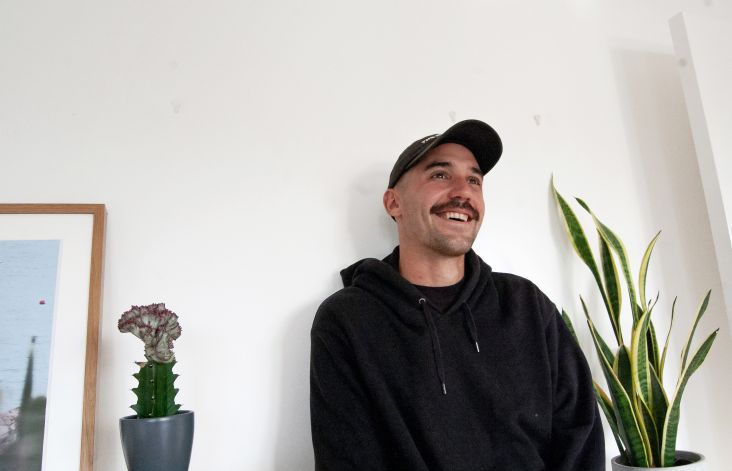How AUB is helping young creatives get ahead of the curve in a post-AI world
The creative industry will change beyond all recognition over the next few years. We explore why students at Arts University Bournemouth will be prepared for all that.
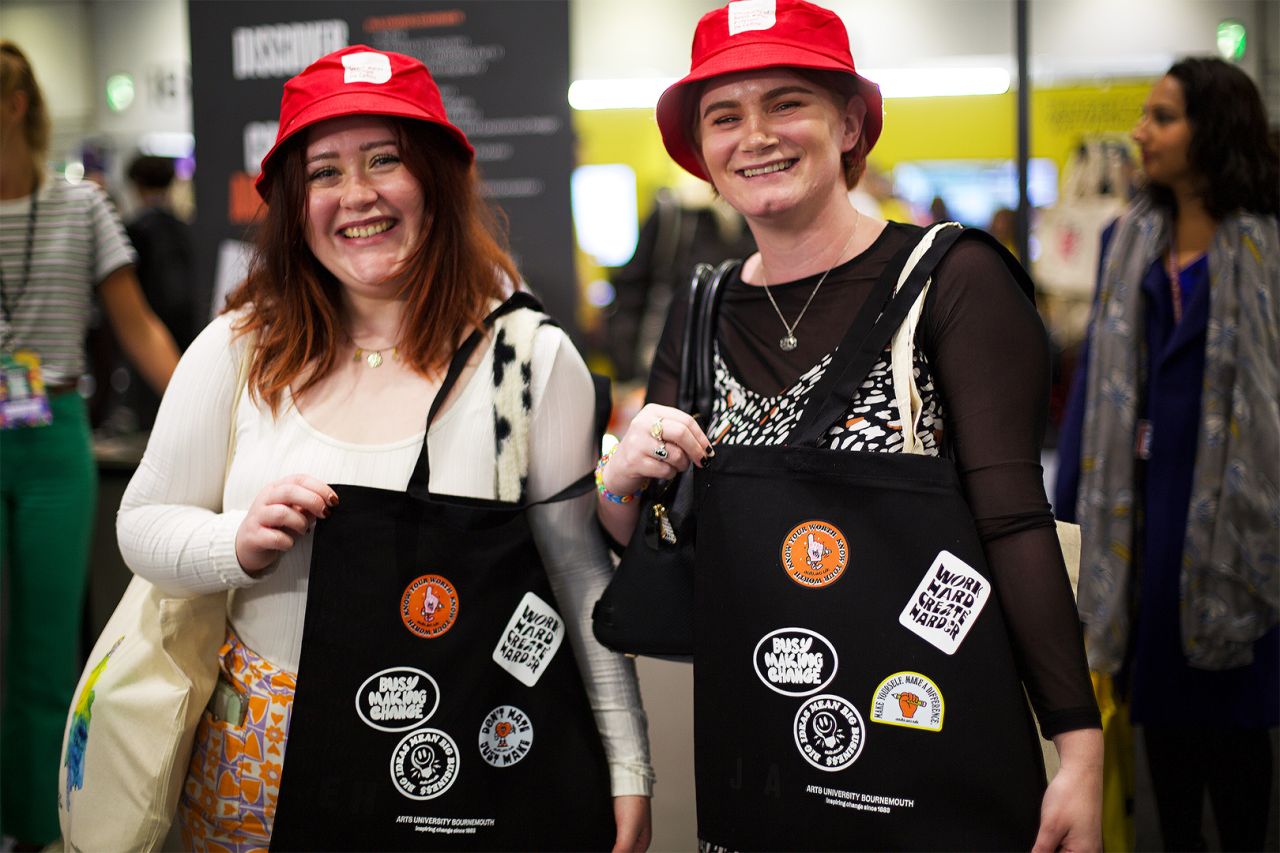
Over the next few years, AI will likely change the creative industries beyond all recognition. No one exactly knows how yet because tech is evolving at such a terrifying rate. But in a world where you can already generate a beautiful illustration or a stunning 'photograph' from a simple text prompt, many existing jobs are almost certain to disappear.
But it's not all bad news. While some technical skills may be replaced by clever software, there's ultimately nothing quite like human imagination and ingenuity. So, there's also sure to be a strong demand for people skilled in creative thinking and management skills to help brands and companies steer a path through this brave new world.
Unfortunately, most university arts courses aren't really geared up for this new reality. And many are simply burying their heads in the sand, continuing to teach the exact same way they've done for decades. But there are exceptions, and Arts University Bournemouth (AUB) is a shining example.
Preparing for a post-AI world
This campus-based university, established in 1883, has not just been paying lip service to the challenges and opportunities of AI but putting its money where its mouth is. As a result, they're now launching a brand new school and eight new BA (Hons) courses:
The new School of Arts, Media and Creative Industries Management offers three new courses: Creative Direction; Curation; Exhibition and Experience Design and Communication Design and Strategy.
The School of Design and Architecture offers three new courses: Design for Sustainable Futures, Interior Architecture and Design for Health and Wellbeing, and Creative Technologies.
The School of Arts and Communication is offering a new course in Games Art and Design.
These new courses all focus on a combination of creative and management skills, with the aim of shaping the future leaders of the creative industries. This all dovetails nicely with the existing ethos of AUB, which is highly focused on preparing students for the real world of professional work.
That means it's less concerned with academic navel-gazing and more focused on providing a strong community, a practical approach to study that mirrors how creatives work in the agency world, and an open-door policy that lets students move easily between disciplines at will.
And this refreshingly open atmosphere means that even applying to the university is a fun and relaxed experience.
The fun way to apply
Interested in studying at AUB? Then, you'll be pleased to know that, rather than making you trawl through endless, verbose course descriptions, AUB's website does the work for you.
When you hit the landing page, you're simply asked to complete the sentence "I'm interested in how the world..." from five simple options: Looks, Talks, Moves, Works or Feels. Pick the word that interests you the most, and you're offered a simple selection of relevant courses.
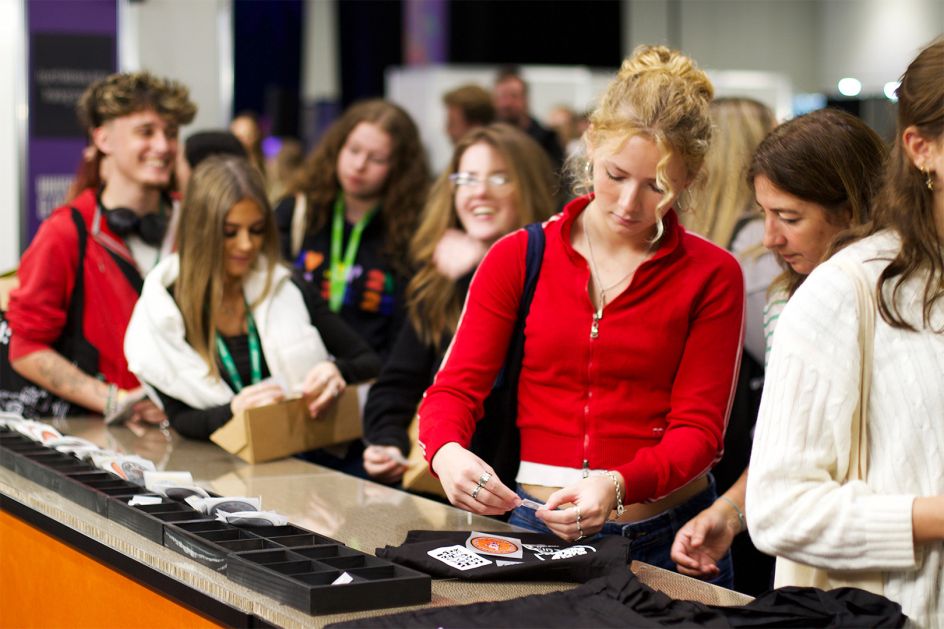
And that highlights exactly what AUB is about. Because ultimately, they recognise that creative people don't all slot into neat little boxes, especially early in their careers.
Forty years ago, you were expected to specialise from the start. But with the creative world changing so rapidly, it's now better to be open to different ways of working and prepared to be adaptable... especially from the point of view of employers, who are all struggling to adapt to a changing world themselves.
The thinking behind the campaign
This kind of thinking was at the heart of the creative campaign to promote the new courses, explains Lauren Bowling, graphic designer at AUB. As a previous student at the university herself, she was keen that the branding and messaging – on which she collaborated with London agency Bond and Coyne – reflected her own experiences.
"For me, the best thing about AUB is the open-door policy on campus," she explains. "That means you can be really collaborative and use facilities that perhaps you might not have thought would be your subject area. For example, when I was a student, I studied photography. But I also did a lot of animation, so I was able to speak to the animation course leaders and get help and advice with that. And so having that flexibility is fantastic."
This game-changing philosophy lies at the heart of AUB's new campaign, she adds. "It's not like a normal kind of marketing campaign where the message is just 'come study with us', and everything looks the same as other universities. We wanted to convey the feeling of having your own voice."
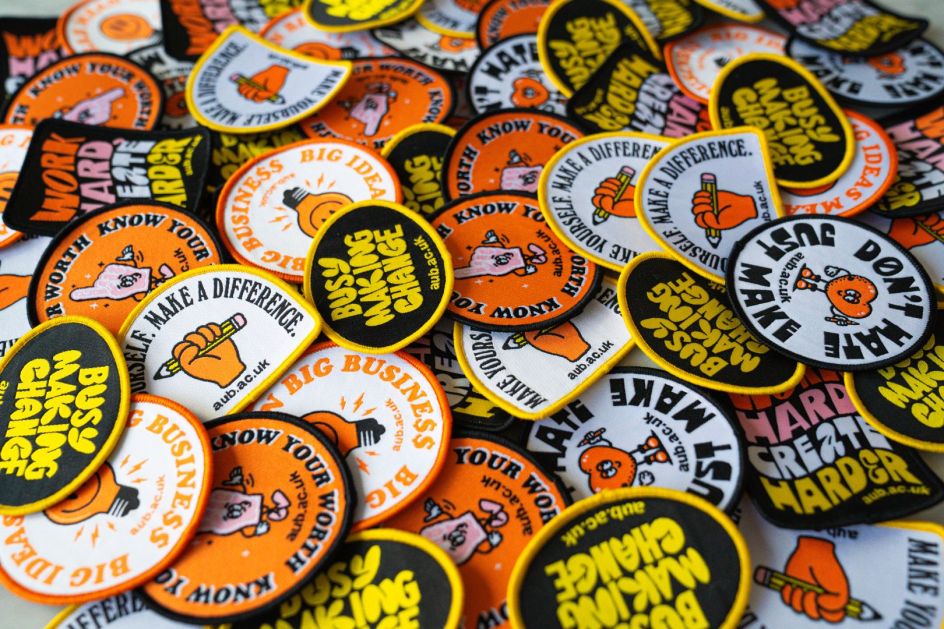
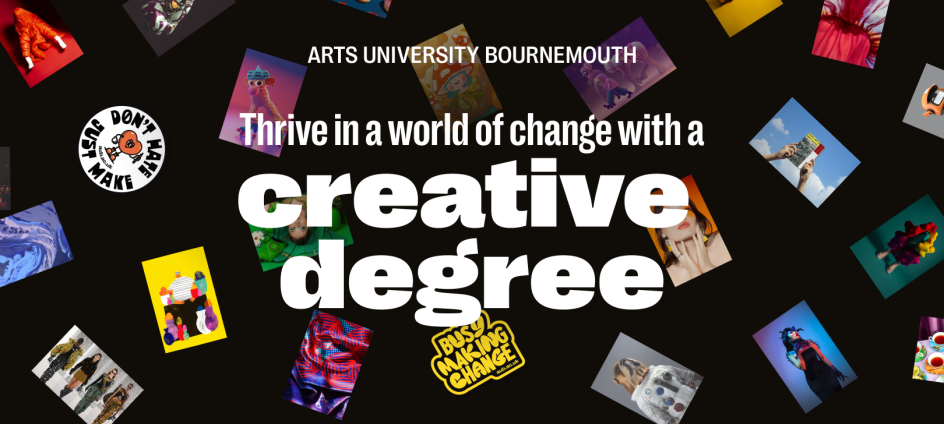
Another important aspect reflected in the campaign is the sense of strong community the campus-based AUB is renowned for. This is conveyed, for example, in the specially designed patches sent out to students who register for a prospectus.
"The idea was to get people involved and to give them a piece of us, to make them part of our collective, trying to start that dialogue of what was on offer," Lauren explains. "Sometimes digital campaigns can get a little lost in the ether, so it was nice to give people something physical. Although something small, because we also like to be sustainable."
From the design of the patches to the website and the prospectus to the leaflets and flyers, there's a vibrant optimism to all the brand assets that reflect AUB's upbeat and welcoming approach. And that's no accident, says Lauren.
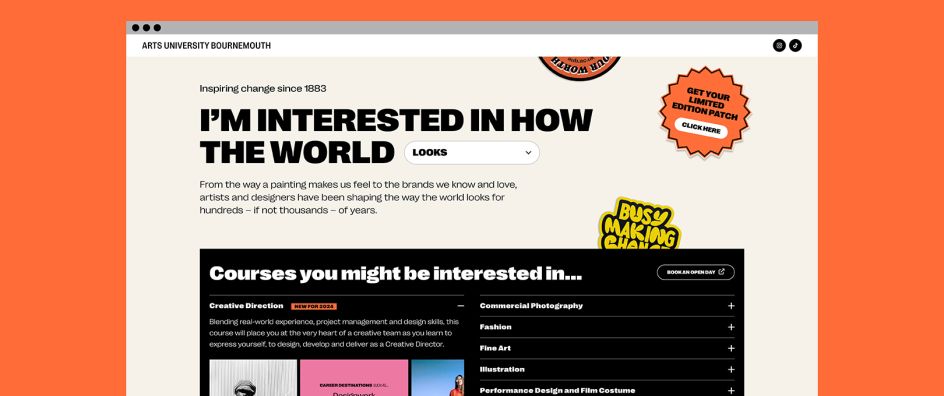
"We compare our Open Days to a bit like a festival because the vibe is very relaxed," she explains. "Because we're all on one campus, there's a real buzz going. And I think we like to be a little bit more fun. That's what's really nice about AUB because we're all creatives, and we want to inspire other creatives. So our tone of voice is very conversational and we like to be down to earth."
Future opportunities
Cynthia Porta, a junior designer at Bond and Coyne, similarly brought her personal experiences as a past AUB student to the campaign. For instance, she shares her personal insight into the struggles young people face in choosing a career.
"Your parents, your friends, everyone basically will tell you: 'Don't do something creative, there isn't really a future in that,'" she explains. "Actually, the creative industry is one of the biggest employers in the world, but that's just not communicated well enough. But I found that going through this course, with everything AUB does, they have really good connections to industry and are great at communicating how it works."
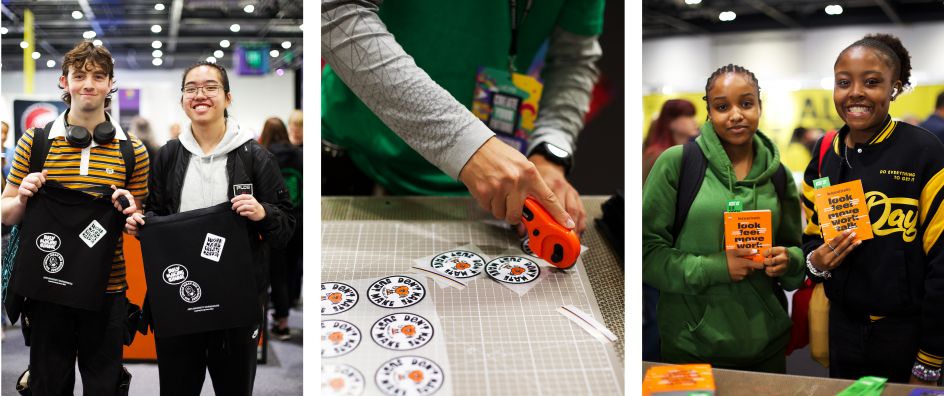
To reflect that, when you register for a prospectus, students get a document called 'One Piece of Advice'. "It's a nicely designed PDF in which prominent artists and designers who have links with AUB share the one piece of advice they'd like to give to someone starting out in the creative industry," explains Cynthia.
While some traditional arts courses focus narrowly on the academic side of things, AUB is passionate about reflecting the needs of the wider industry within its curricula. "One of the best things about a specialist arts university is that because everyone's on campus, there are no locked doors, and the students live very close by," she points out. "So you are kind of copying the way the creative industries work."
And that approach is baked into the new courses, she adds, making them more relevant to the needs of today's employers. "For example, when you study graphic design at many universities, you typically do not study project management, journalism, business, or anything like that," she notes. "But they are hugely important. So it was important to our campaign to show that glue, which I think is a really important missing link in many courses elsewhere."
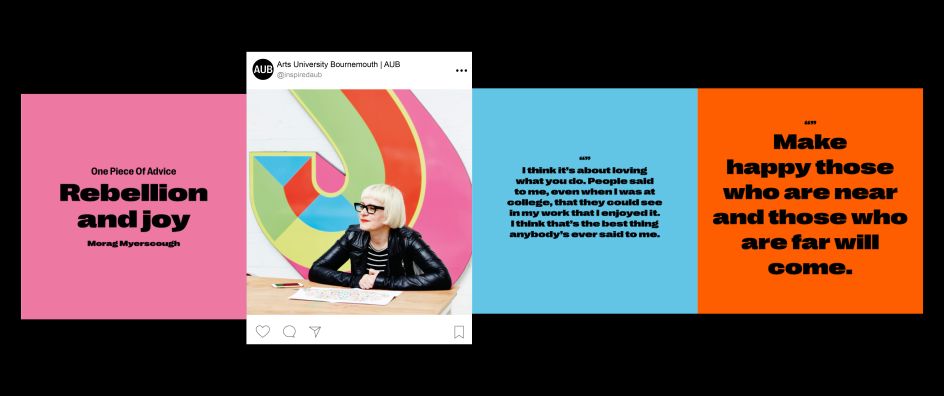
At the same time, Cynthia adds, it needed to be fun. "Because as a space, AUB is colourful and lively," she explains. "So we wanted to make that visual link through all these pieces. We wanted to make them pop, make them exciting-looking, because the new courses themselves are really exciting, and the opportunities that come out of them are exciting too."
Want to change the world? Head to the AUB website to get started in your creative career.





 by Tüpokompanii](https://www.creativeboom.com/upload/articles/58/58684538770fb5b428dc1882f7a732f153500153_732.jpg)

 using <a href="https://www.ohnotype.co/fonts/obviously" target="_blank">Obviously</a> by Oh No Type Co., Art Director, Brand & Creative—Spotify](https://www.creativeboom.com/upload/articles/6e/6ed31eddc26fa563f213fc76d6993dab9231ffe4_732.jpg)









